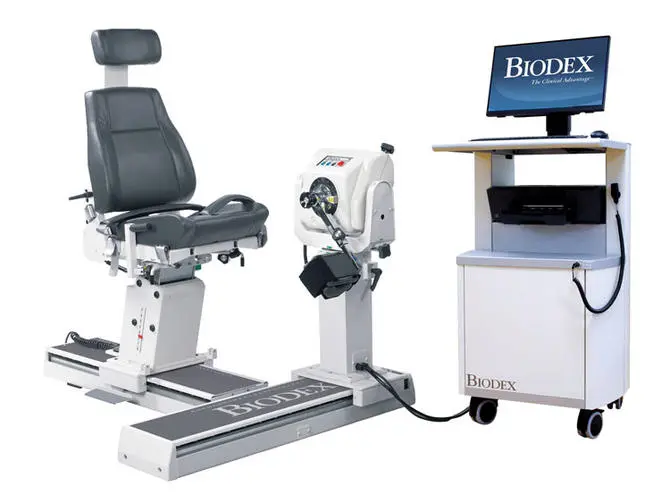TURNING NUMBERS INTO SAFETY:
The rate of injury for those that didn’t go through the DataFit assessment was 10 times greater.
ROI of $11.07 for every $1 spent.
This comprehensive case study presents an in-depth data analysis on how DataFit's PCA program drastically reduced both the frequency and costs of injuries for drivers & dock workers at a national LTL Trucking Company. The number of injuries decreased by 97% for new hires that went through the PCA program.
INTRODUCTION
Workplace injuries were more than just numbers; they were affecting the lives of employees and taking a toll on operational efficiency. The trucking company faced a critical challenge: high rates of injuries among drivers and dockworkers. This problem led to rising healthcare and operational costs. The objective was clear: significant reduction in both the incidence rates and financial burden of these injuries.
METHODOLOGY
DataFit's PCA program was specifically tailored to meet the unique demands of dockworkers and drivers. Key metrics such as incident rates, severity and average claim costs were chosen to evaluate the program's effectiveness. Candidates were evaluated on an isokinetic dynamometer.

Challenges
The trucking company was grappling with alarmingly high rates of workplace injuries among specific job classes. These injuries were not only affecting employee well-being but also causing a significant financial drain.
Initial Incident Rates: Disturbingly high, affecting both employee well-being and operational efficiency.
Financial Burden: Skyrocketing claim costs were a growing concern. The No PCA group total injury costs were 84 times greater than the DataFit assessed group.
IMPLEMENTATION
The process of integrating DataFit’s PCA program into the hiring mechanism was meticulous and well-planned. Full integration was achieved within six months, followed by a one-year assessment period to gather data and insights. The Company hired a third party to conduct detailed Job Task Analysis (JTA) for the positions eligible for the DataFit PCA. From the JTA information, the standards were established for the positions that were assessed.
RESULTS
The impact of DataFit’s PCA program was transformative:
Drastic Reduction in Incident Rates: The rate of injury was 10 times greater for the No PCA group
Significant Average Claim Cost Savings:
The chart shows that the average cost per claim for the No PCA group was more than two times that of the DataFit PCA group.
ROI Analysis
The cost-benefit analysis revealed that the upfront cost of implementing DataFit's PCA program was far outweighed by the long-term financial savings and enhanced workplace safety. The projected savings for the LTL Company if the No PCA group received the DataFit program was substantial. The chart reflects the net savings, which considers the cost to implement the program.
Conclusion
This case study goes beyond mere numbers to substantiate the high ROI of $11.07 for every $1 spent on the program and the effectiveness of DataFit’s PCA program, contributing to both a safer workplace and significant financial savings.
For organizations facing similar challenges, DataFit offers customized solutions that deliver tangible benefits.
To reap similar benefits and ROI for your organization,
